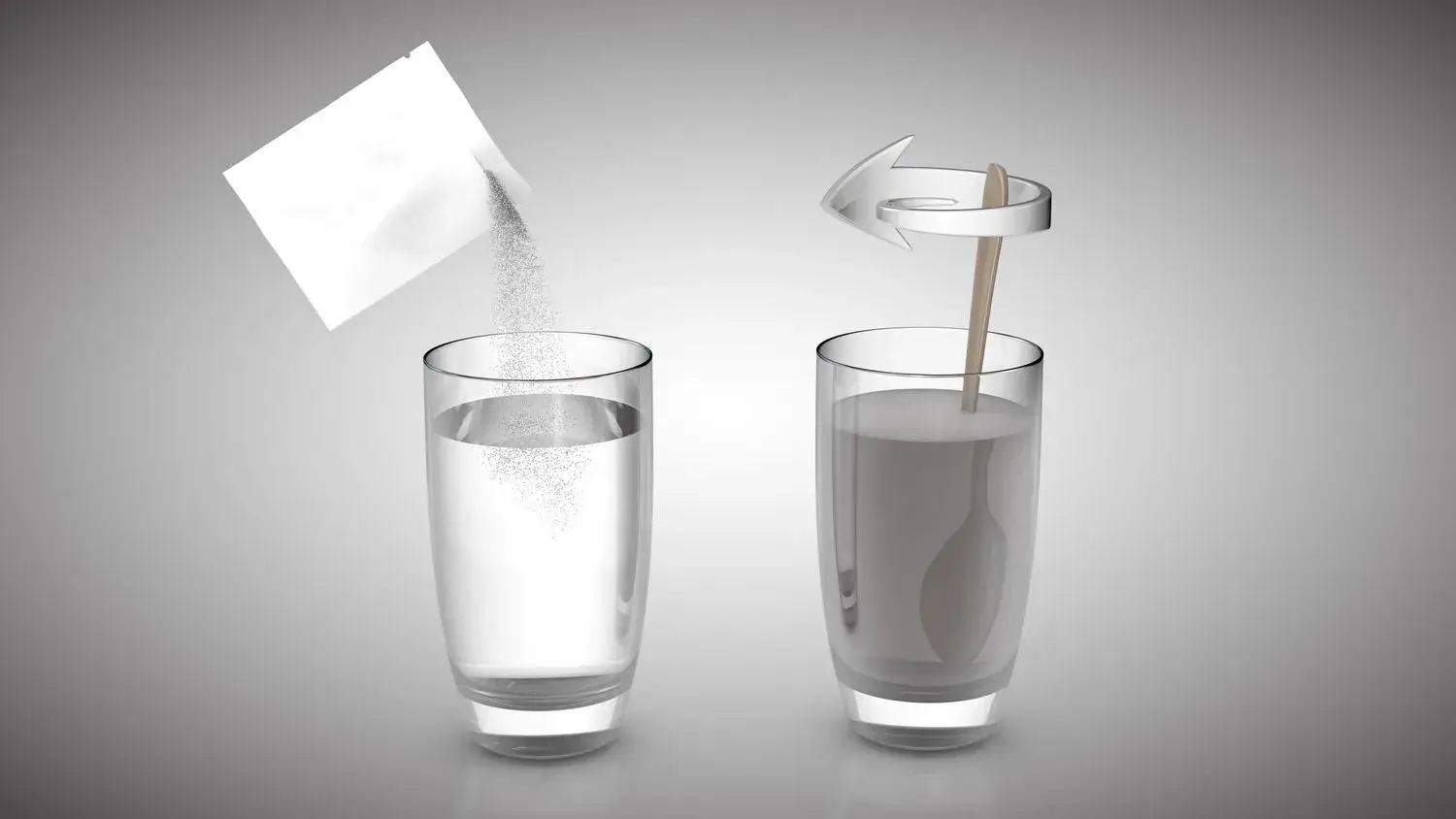The main difference between miscible and immiscible liquids is that miscible liquids mix uniformly. While immiscible liquids do not blend and instead form distinct layers. The other significant difference between them is that Miscible liquids create a homogeneous solution. Whereas immiscible liquids result in phase separation, making them visually distinguishable.
Liquids play a crucial role in various scientific, industrial, and everyday scenarios. Understanding the behavior of liquids, particularly whether they are miscible or immiscible, is essential in chemistry, engineering, and even in our daily lives. In this article, we’ll explore and compare the key 10 differences between miscible and immiscible liquids in a detailed tabular format.
Difference Between Miscible and Immiscible Liquids
| Aspect | Miscible Liquids | Immiscible Liquids | |
| 1. | Definition | Mix together in any proportion | Cannot mix; separate into layers |
| 2. | Homogeneity | Homogeneous solution | Phase separation |
| 3. | Intermolecular Forces | Similar forces between molecules | Different forces or polarity |
| 4. | Entropy Change | Positive (increase in disorder) | Negative (decrease in disorder) |
| 5. | Phase Diagram | Single-phase region | Multiple-phase regions |
| 6. | Density Difference | Often have similar densities | Frequently have different densities |
| 7. | Mixing Energy | Generally releases energy (exothermic) | Typically requires energy (endothermic) |
| 8 | Solubility Rules | Followed by Henry’s Law | Often defy Henry’s Law |
| 9. | Visibility | Clear solution | Clearly separate layers |
| 10. | Common Examples | Sugar and Water Solution | Vinegar and Olive Oil |
Detailed Explanation of 10 Differences Between Miscible and Immiscible Liquids:
- Definition: Miscible liquids mix uniformly, while immiscible liquids do not blend and instead form distinct layers.
- Homogeneity: Miscible liquids create a homogeneous solution, whereas immiscible liquids result in phase separation, making them visually distinguishable.
- Intermolecular Forces: Miscible liquids typically have similar intermolecular forces, promoting their compatibility. Immiscible liquids often differ in forces or polarity, reducing their mixing ability.
- Entropy Change: Mixing miscible liquids increases disorder (positive entropy change) while mixing immiscible liquids decreases disorder (negative entropy change).
- Phase Diagram: Miscible liquids have a single-phase region on a phase diagram, while immiscible liquids show multiple-phase regions with distinct boundaries.
- Density Difference: Miscible liquids often have similar densities, whereas immiscible liquids frequently have significantly different densities.
- Mixing Energy: Mixing miscible liquids typically releases energy (exothermic), while mixing immiscible liquids usually requires an input of energy (endothermic).
- Solubility Rules: Miscible liquids follow Henry’s Law, but immiscible liquids often defy it due to their poor solubility.
- Visibility: Miscible liquids make a clear solution. While Immiscible liquids have clearly separate layers.
- Common Examples: A very common example of miscible liquid is a sugar and water solution. While common example of an immiscible liquid is vinegar and olive oil solution.
That’s it for this post. If you like this article, share it if you like, like it if you share it. You can also find us on Mix, Twitter, Pinterest, and Facebook. Hey man, If you have come this far, do give us feedback in the comment section. It would make my day. You can also make a donation. Your donations will help us to run our website and serve you BETTER. Cheers!!!
You might also like:
- 10 Differences Between Homogeneous and Heterogeneous Mixtures with Examples
- 10 Differences Between Physical and Chemical Change with Examples
- 10 Differences Between Reversible and Irreversible Process in Thermodynamics
